In this series, artist Lori Putnam speaks on the role artists can play in the conservation and preservation of land, cultures, and buildings. In this installment, Putnam explores painting on the conserved land on St. Vincent Island, in Florida.
St. Vincent Island (no, not the one in the Antilles travel brochures, the one in Florida) is located just offshore, south southeast of Cape San Blas and north of Cape St. George Island, close to the mouth of the Apalachicola River and the town of Apalachicola on the Florida Panhandle. Larger than most of the other barrier islands of Florida, St. Vincent’s sand dunes, freshwater lakes, and deep pine forests are only a few of the 10 separate habitat types that have been identified there.
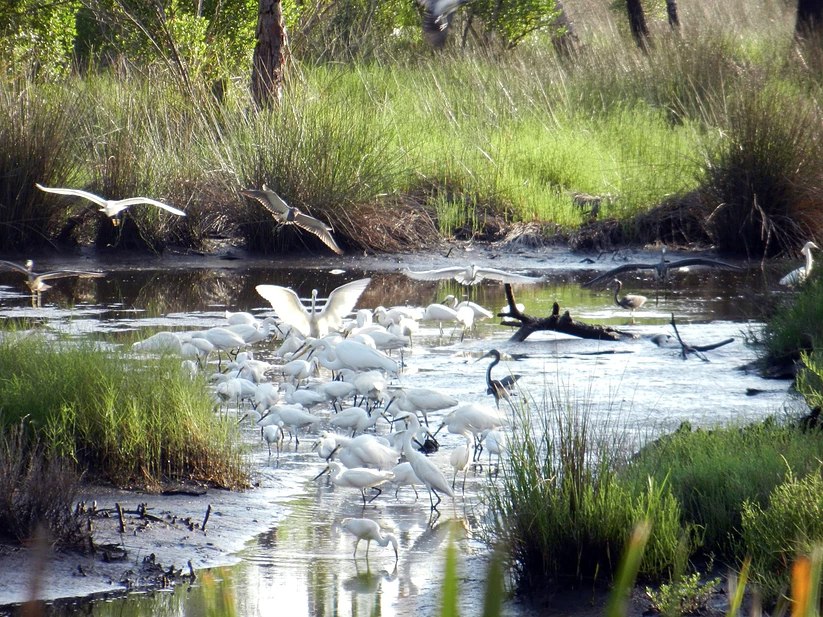
St. Vincent National Wildlife Refuge, which also includes mainland sites off of C30-A, as well as Pig Island, has much to offer. Visitors are welcome to explore St. Vincent Island by day and can access it by shuttle boat just off the tip of Indian Pass, or use their own personal watercraft. If coming over by shuttle, you may also want to bring a bicycle for the day, as Refuge vehicles are the only motorized vehicles allowed on the island. Bug spray, water, and snacks would also be a great idea as this is a truly undeveloped area, with no potable water, plenty of mosquitos, and only a couple of portable toilets.
The peaceful sounds and sites of the island transport you to another place and time. If you are into bird watching, this is an important rest area in the Gulf of Mexico for non-tropical migratory birds, as well as home to a large eagle nesting ground. Hawks and owls live among the more expected pelicans, osprey, storks, herons, and other waterfowl. The snowy plover makes nests here in the powder-white sand. Baby sea turtles are protected as they hatch and make their way to the sea.
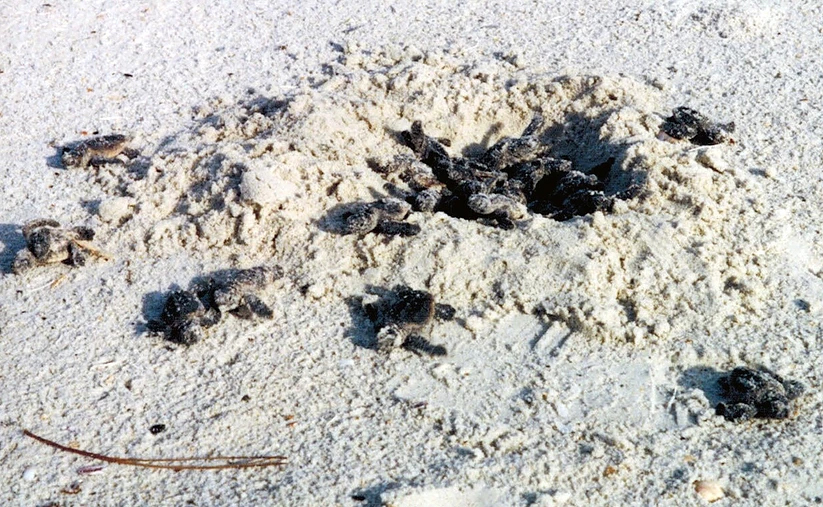
Last May, a few plein air artists were chosen to visit and paint the island during Florida’s Forgotten Coast Plein Air Invitational. Nancie King Mertz, Debra Huse, and I were shown the island by Nancy Stuart, president of Friends of St. Vincent NWR. The island is 9 miles long and 4 miles wide, so there are many parts we did not have time to see; the 12,300 acres of overgrowth and hiking trails would take days to fully explore. As the three of us were guided along the marshes, beaches, and waterways, I had to remind myself often that this was no movie set. Few places with such diverse plant life and wildlife are so accessible. Its highly varied plant and animal communities are not always what you might expect to find. Here’s why.
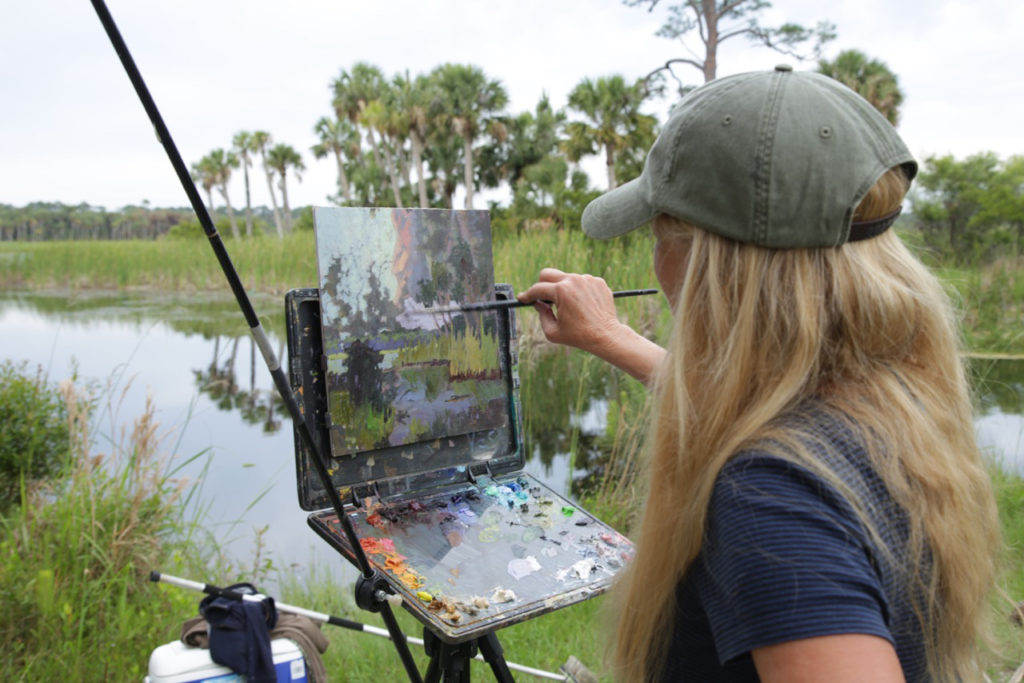
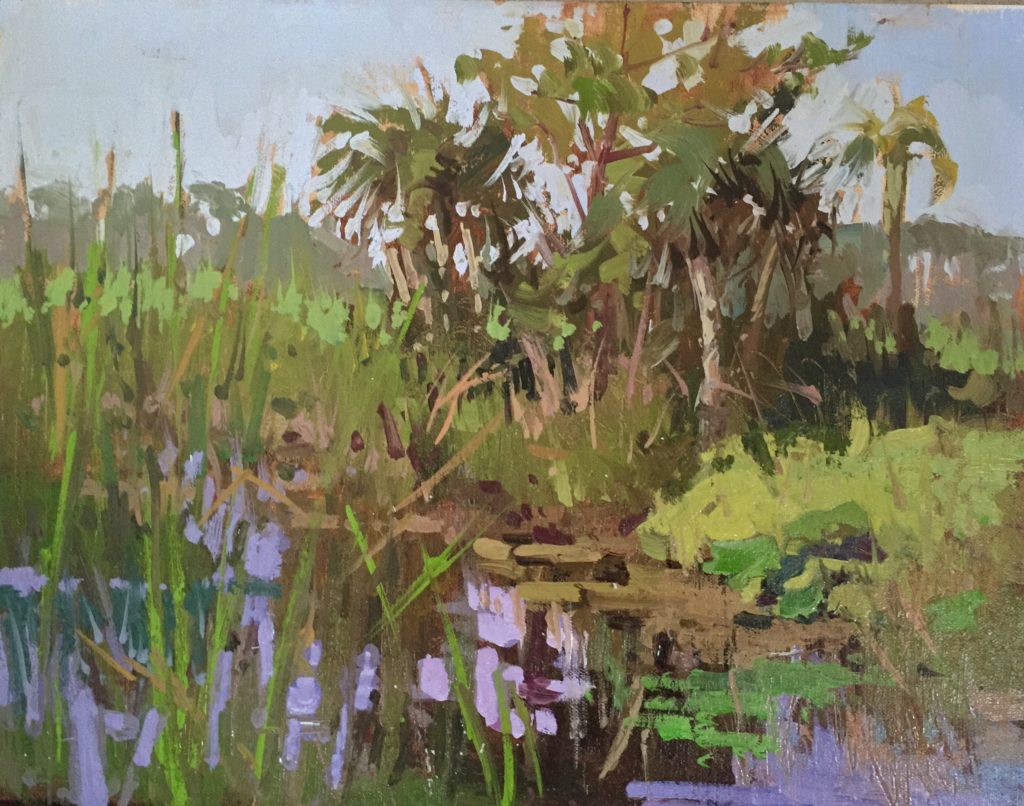
Pottery shards from circa 240 have been found on St. Vincent. In, 1633 Franciscan friars who established a mission there named the island while visiting Apalachee tribes. Creek and Seminoles also inhabited the island until it was bought in 1868 for what was then a huge sum, $3,000, by an entrepreneur named George Hatch. His is the only gravestone on the island.
In the early 1900s, Dr. Raymond Vaughn Pierce purchased the island as a private hunting preserve, and imported Old World game animals like deer and elk, and also raised cattle. In 1948, the Loomis brothers bought the island and brought in zebras, eland antelope, black bucks, pheasants, Asian jungle fowl, and other birds. Finally, in 1968, the Nature Conservancy purchased the island, and soon after the U.S. Fish and Wildlife Service repaid the Conservancy and the St. Vincent National Wildlife Refuge was established. At that point, all the exotic mammals were removed except for the sambar deer, who swim in the sea, and wild boar.
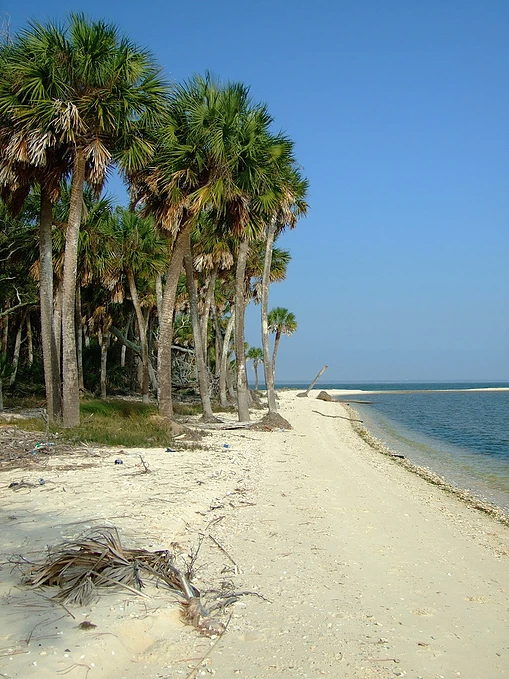
Initially, the refuge was meant to protect and conserve waterfowl and other migratory birds, but its mission has recently been broadened to include the protection of habitat for other endangered species as well, such as the red wolf. Native to the Southeastern United States, the red wolf is one of the most endangered animals in the world. St. Vincent NWR is home to a pair red wolves that are part of the Red Wolf Recovery Program.
The first location we chose to paint was this beautiful lake. Thick clouds of eau de bug spray and the threat of Zika soon gave way to larger concerns. Did you know that for every alligator you see, there are seven more near by? Every freshwater Florida lake and canal in Florida is a home for gators, and we had quite an audience checking out what we were doing. Nancy Stuart kept reassuring us that they were far enough away, but at one point Debra’s gator pal was only out about 10 feet from where she was painting. The term “quick draw” has a completely different meaning for me now.
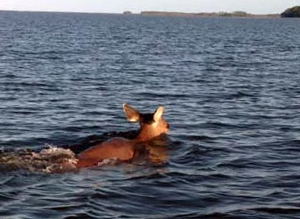
But Debra says, “The chance to paint on a preserve is an opportunity not to be missed. Only occasionally, an artist has a chance to accompany a guide or park ranger into land that is not easily accessible to painters. These conservation programs protect and restore endangered species and threatened habitats. It is always an inspiration just knowing that usually only the local wildlife gets to enjoy these areas. St. Vincent’s Island National Wildlife Refuge was a great adventure and our guide, Nancy Stuart, was a wealth of knowledge. Painting in the company of alligators was very special indeed.”
As we headed back toward the only structure on the island, a cabin built during St. Joe Paper Company’s timber-logging days, Mertz pointed out that it is a very small but dedicated group of state employees, along with local volunteers, striving to maintain and protect the island’s delicate ecosystem. She recalls, “Debra, Lori, and I positioned our easels to keep a watchful eye on the many gators in the surrounding ponds while we painted, and were serenaded by their chirping, frog-like noises. The lush foliage and marsh grasses provided so much unspoiled inspiration for painting that we managed to complete several pieces during our brief visit.”
A few years ago, the National Park System invited Mertz, no stranger to conservation efforts, to participate in a three-week residency along the Indiana Dunes National Lakeshore. Mertz says, “This was a wonderful opportunity to capture en plein air the wetlands, beaches, farmlands, and highly protected dunes along the lakeshore.”
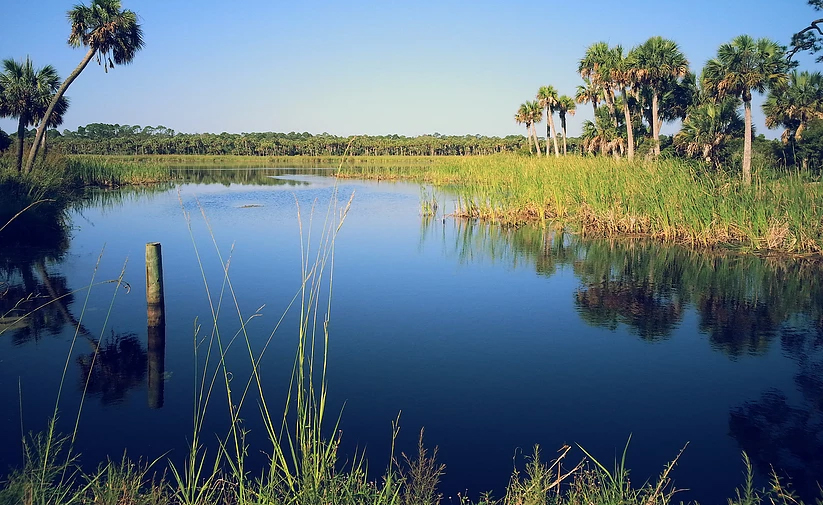
As I began putting this article together, I spoke with other volunteers and employees associated with St. Vincent NWR. Author of Coming to Pass: Florida’s Coastal Islands in a Gulf of Change (University Georgia Press) and Friends board member Sue Cerulean (yes, Cerulean is her real name), shared this. “Four or five thousand years ago, St. Vincent — the oldest island in a barrier chain that guards the entrance to North Florida’s Apalachicola River — was just a crescent of sand. Everything that would ever live here — the eagles and brown pelicans and red wolves — had to wait for the sand to drain and dry and pile up above the high tide line. Water and wind and plants — Earth’s first artists — constructed this island, one ridge at a time. And yet as soon as the island rose above the waters of the Gulf of Mexico, aboriginal peoples recognized it for the treasure that it still is. Among their art forms were beautiful pottery vessels, created not simply for visual enjoyment, but also to hold a harvest of seeds, nuts and fruit, as well as to transport water, and cook.”
Recently, the remote island, a national wildlife refuge, has been re-discovered by artists of all kinds. It has its very own anthem, written in 2015 by noted vocalists Velma Frye and Becky Reardon. It is the subject of Cerulean’s award-winning memoir and several short films. Many photographers, including Debbie Hooper and David Moynahan, visit the island often, and employ its beauty as a muse for their art form.
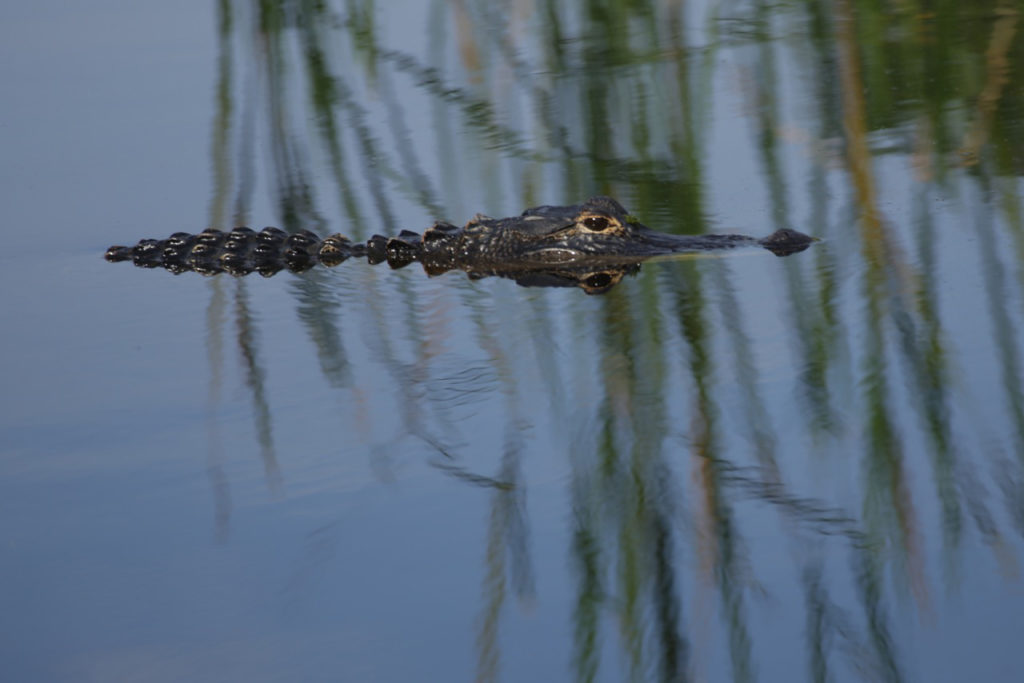
For me, this single day on the island was the answer to a calling. They say islands do that, and artists are called more often than most. It is our charge, I think, to deliver how we see our surroundings so differently than non-artists. Because of our day there, that single chance given to us by luck of the draw, the history and work on St. Vincent is part of us and we of it.



